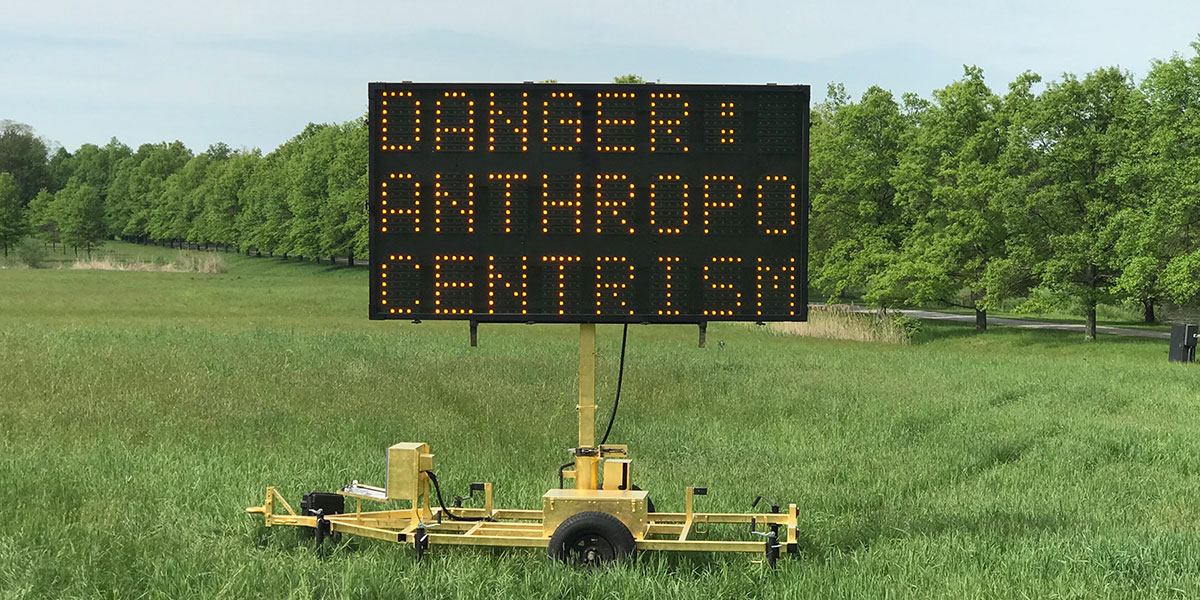To mark the 50th anniversary of Earth Day, we bring you the highlights and most interesting insights from the events supported by Christie’s Education last year on the role of art in the environmental crisis. We recognise that art plays an important part in raising our awareness of environmental issues, and offers opportunities for direct action in helping us to imagine other worlds and possible futures.
On 10th April, Art Historian and Programme Director of M.A. Modern and Contemporary Art and the Market Dr. Julie Reiss hosted an online discussion with environmentally focused artists Mark Dion and Alexis Rockman about the urgency of work that engages with scientific research and climate change.
Mark remarked: “Alexis and I are part of community which really thinks about the culture of nature. I’ve learned a lot from the natural history display, the culture of science and we’ve spent a lot of time with scientist, exhibition designers, historians of science so we know we are not the same thing. The art we are making is not science and it is not scientific illustration, but it is very much allied with it. Our mission is to tease some of the important information out and then use a different toolbox. We have access to things scientist don’t have access to, such as irony and metaphor.”
Julie is an active supporter in this topic and launched a book on Art, Theory and Practice in the Anthropocene last year which provides different frameworks for art in relation to the climate crisis. Anthropocene is a concept referring to human impact on the planet on a geological level and to the anthropocentric mindset that is responsible for far-reaching catastrophic effects. She stated: “As scholars in the humanities, we have to meet scientific disciplines halfway if we are to have a significant role in thought leadership in the environmental crisis. At the same time, art and the lenses of art writing have an important role to play in climate change communication and cultural critique. My essay on artists who use glacial ice as a medium, which is in the book, includes information on glaciers as a sentinel for climate change. It also explores the complexities of individual artistic expression of a seemingly obvious statement about melting ice.”
One of the contributors to the book was contemporary visual artist Justin Brice Guariglia, who was also among the speakers for our symposium The Role of Art in the Environmental Crisis last year. “As the world becomes more disorientating, art will play an increasingly critical role in society because of its unique ability to make reality apparent. Art can function as a reorientation machine, a lens that allows us to see the world in 8K rather than 8 bit resolution, making art an indispensable tool for understanding our broken relationship with the natural world. Art can help us question and challenge our existing moral, philosophical and ethical assumptions — in that way, good art can transform us, our society, and our politics.”

